Gloriosa Orange Glory Bulbs Fire lily pack of 3 bulbs
₹99.00
Out of stock
Email when stock available
Gloriosa Orange Glory the best time to sow in India is the end or March 1st week. It does well in various levels of light and a wide range of soils. Like all plants in the Colcicaceae family, gloriosa lily contains the alkaloid colchicine in all plant parts, especially in the tubers. The plant is highly toxic to humans and animals.
Gloriosa Orange Glory Bulbs Care
If you want your gloriosa lily to thrive, here are the most important care requirements.
- Gloriosa Orange Glory Plant gloriosa lily tubers in full sun.
- Choose rich and well-drained soil and provide a trellis for the plant to climb.
- Position the tubers horizontally, about two to four inches deep (Planting deeper will produce shorter vines and more erect plants),
- Keep the plants evenly moist during the growing season.
- Fertilize to prompt larger flowers as well as more vegetative growth.
Winter glory lily care
Gloriosa Orange Glory is one of the best known glory lilies to grow, but there are others you could try growing, too, such as Gloriosa lutea (yellow flowers with wavy edges) and Gloriosa carsonii (purple and yellow flowers). In winter plant may go dormany that time reduce watering let bulb remain in soil
Gloriosa Climbing Lily Care
Gloriosa Orange Glory Water the newly planted tuber to saturate the soil to a depth of 2 to 3 inches (5-8 cm.) to give your Gloriosa climbing lily a good start. Keep the soil evenly moist until shoots appear in two to three weeks. Reduce water to once or twice a week or whenever the soil feels dry an inch (2.5 cm.) below the surface.
Gloriosa Orange Glory climbing lilies typically require an inch (2.5 cm.) of rain a week and need supplemental watering during dry periods. Train the vines to climb the trellis by tying them to the trellis with soft plant ties, if necessary. Gloriosa are climbing plants in being its good to give them stick support. Fertilize climbing lilies every two weeks with water-soluble fertilizer designed for flowering plants. This provides the nutrients needed to promote healthy blooming.
Be the first to review “Gloriosa Orange Glory Bulbs Fire lily pack of 3 bulbs” Cancel reply
You must be logged in to post a review.



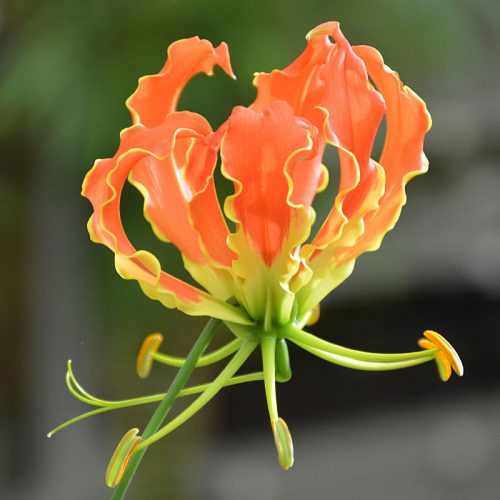
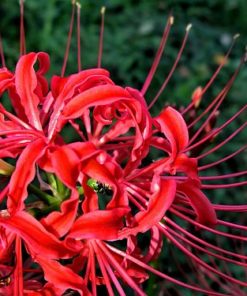

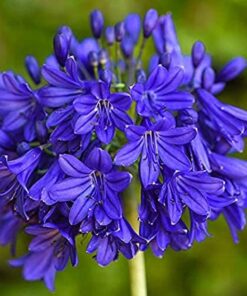
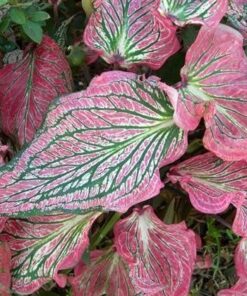
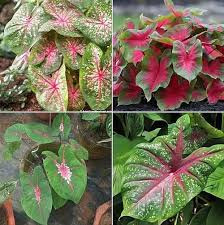
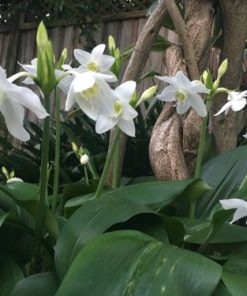
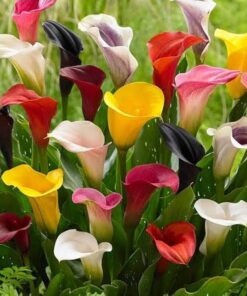
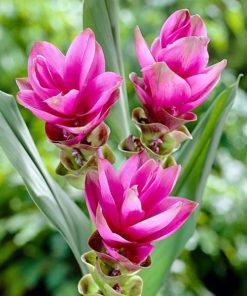


Reviews
There are no reviews yet.